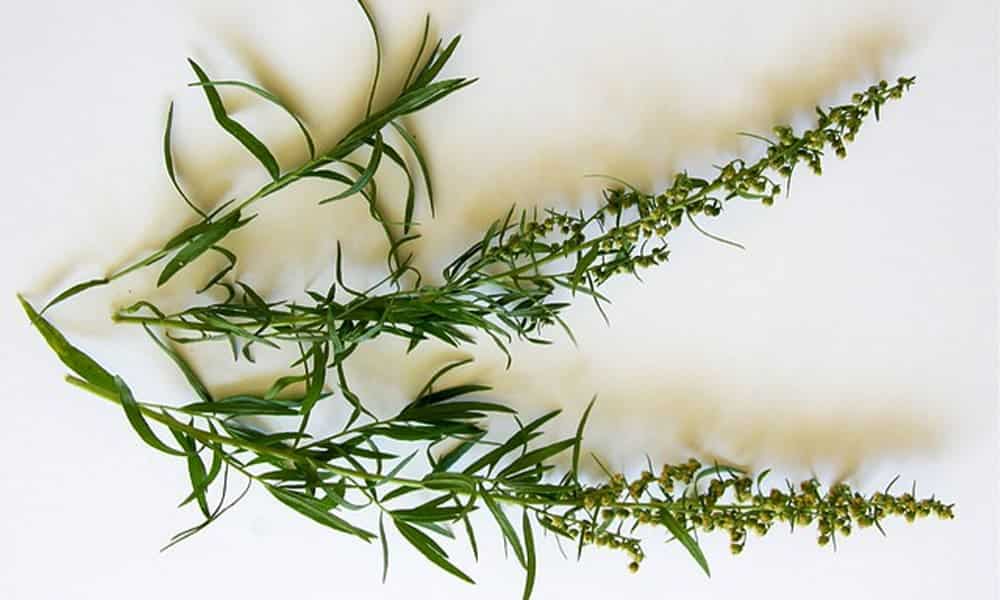Tarragon, also known as estragon, is not a herb commonly found in Costa Rican cuisine. However, with its delicate flavor and versatility, it has started to gain popularity among local chefs and foodies. In Costa Rica, tarragon is often used in fusion dishes that combine traditional Costa Rican ingredients with international flavors.
The herb’s anise-like taste pairs well with tropical fruits such as mango and papaya, and it also adds a depth of flavor to savory dishes like grilled chicken and seafood. Tarragon’s unique flavor profile and health benefits are making it a sought-after ingredient in the country’s growing culinary scene.
- Common name: Tarragon
- Spanish name: Estragón
- Latin name: Artemisia dracunculus
- Family: Asteraceae
Geo-distribution
Botanists believe tarragon originated in Eastern Europe and Asia. Early records demonstrate that it was used by the Greeks and Egyptians and later spread to Europe by the 12th century. Tarragon was introduced to the New World by European immigrants, and today is a popular herb in many parts of the world. In Costa Rica, tarragon grows well in the highlands and mid-range elevations, or it can be grown in warmer regions of the country as a potted plant.
Botanical description
Tarragon is a perennial shrub-like plant with erect, bushy branches that may grow 50 to 100 centimeters tall. The lower, shiny green leaves are ternate with serrate edges, while the upper, younger leaves are lance-like in shape with smooth edges. The small yellow flowers are borne on terminal panicles. The leaves and stems have a distinct aromatic oil characteristic of tarragon.
Medicinal uses
Though tarragon is used primarily as a seasoning, it has also been used for centuries as a medicinal herb. It is used most commonly to relieve digestive problems, colds and flu, and as a diuretic to stimulate the action of the kidneys. Women have also found it useful for treating menstrual discomfort. Tarragon is also noted for its use as a mild sedative for the treatment of insomnia.
Preparation
Dried or fresh tarragon can be added to salad dressings or used for cooking. To make an infusion, steep one handful of fresh tarragon or one tablespoon of dried herb for each cup of tea.
Note
Tarragon is sometimes offered in local markets and nurseries in Costa Rica. Seeds are also available from many seed companies abroad as well as on Amazon. Fresh stem cuttings can be started in prepared potting soil and later transplanted to the garden when plants are hardy. Tarragon requires moderately fertile soil and a sunny location for good growth. Trimming your tarragon plants frequently helps keep them compact and leafy.






